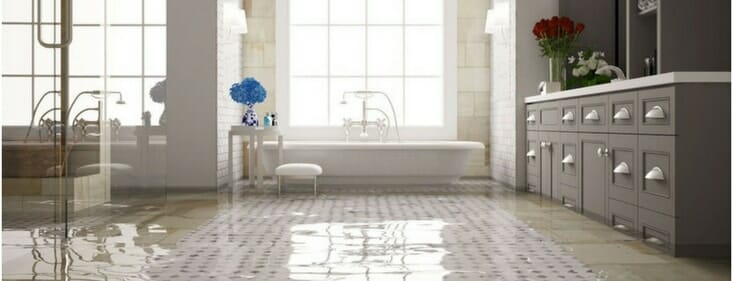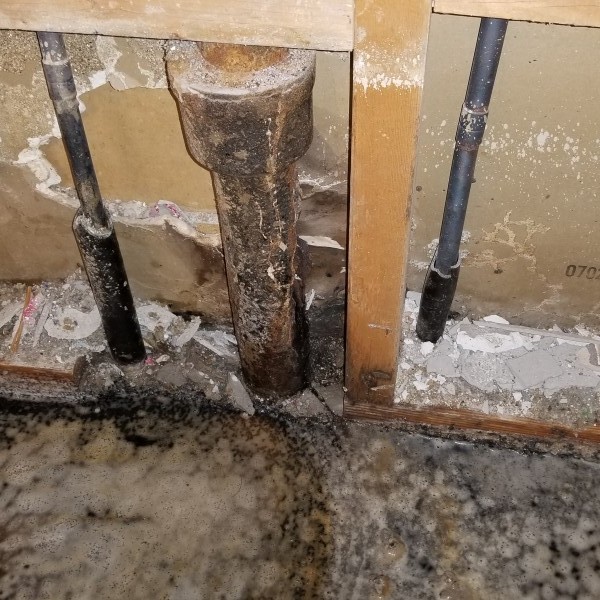They are making a number of great observations about How to Fix a Water Damage Bathroom overall in the article following next.

The bathroom is extremely vulnerable for moist build-up as well as prospective water damages as a result of the frequent use of water in it. This post provides straightforward evaluation methods to assist discovering water damage threats.
The constant use of water in the bathroom makes it incredibly susceptible for damp build-up as well as prospective water damages. By checking it consistently, you can lower water related problems.
The adhering to set of evaluations is very easy to execute and also need to be done as soon as in every three months in order to keep your bathroom in good shape as well as to avoid prospective water damages brought on by the bath tub, the shower, pipeline joints as well as plumbing, sinks, cupboards, and the toilet
Do not neglect performing these inspections and also be detailed while doing them. Bear in mind that these easy evaluations can save you a great deal of cash by supplying early indications for water damage
Tub and Shower
The shower and bath tub need special attention and also upkeep. Check the floor tiles as well as replace if cracked. See to it that there is no missing out on cement between the tiles. Evaluate as well as replace fractured caulking at joints where the wall surfaces satisfy the floor or the bathtub. Obstructed drains pipes as well as pipes troubles will certainly stop the bathtub from drying out and also may indicate significant issues beneath the bath tub. Seek advice from an expert quickly to stop structural damage. Take notice of discolorations or soft areas around the bath tub walls as they may indicate an internal leakage.
Plumbing
Signs for water damage are hard to find because most pipelines are installed inside the wall surfaces.
Pay special focus to flooring and also walls dampness as well as stains as they might indicate an invisible plumbing issue. Check moisture degrees in adjacent rooms too.
Sinks as well as Cabinets
Sinks and cupboards are exposed to dampness as well as moisture day-to-day as well as are frequently forgotten. Check routinely under the sink and also on the counter top over it. Fix any drip in the catch as it may recommend drain issues. Look around the sink, slow-moving draining pipes might indicate an obstructed drain. Replace sink seals if they are fractured or loose.
The Commode
The toilet is an at risk water junction. Examine the water lines and look for leaks around the bathroom seat, in the hose, as well as under the water tank. If you find any type of indicators of wetness on the flooring around the toilet, look for leakages in the toilet edge and container seals.
Realize that hanging toilet bowl deodorants increases the opportunities for blockages.
Water Damage Signs In The Bathroom To Avoid Cleanup
Musty smell
This is one of the easiest signs to catch because musty smells are so odorous. The damp, earthy, moldy smell should be a big red flag. The smell will develop when moisture gets trapped in surfaces, and begins to facilitate mold growth. Leaking pipes under cabinets, inside walls, and behind shower fixtures will cause moisture to stay trapped and not dry, which will lead to mold growth and spread. As soon as you notice any musty smells in your bathroom, have it checked for hidden water damage and cleanup signs.
Visible mold
If the smell isn’t there to give it away, sometimes you will actually see mold growth. Finding mold in your bathroom is a serious problem, because mold is very harmful to your health. By the time mold growth is visible, it also means that water damage has already occurred and been present for some time. The only way the mold problem can be resolved is to find the source of the moisture and get it stopped. To safely and adequately remove mold, you need to have professionals handle the remediation. Do not waste any time in getting mold problems addressed, fixed, and sanitized so that you can protect you and your family from the many respiratory symptoms caused by mold exposure.
Damaged floors
Bathroom floors should be able to withstand some exposure to water while still remaining in good condition. However, when excess exposure or water leaks occur, they will begin to damage even the most water-resistant flooring. If you notice any cracking, bubbling, staining, or warping on your bathroom floors, there is probably a water leak somewhere causing the distortion. If you notice areas of the floor have become softer, or even have a spongy feeling, there is probably damage to the subfloor. Subflooring is typically made up of plywood. When plywood is exposed to water or moisture, it will absorb it. Once it has become saturated, the weight of the excess water will cause the wood to swell and soften. Check the floors in your bathroom frequently to catch any of these sings before they lead to damaged subflooring.
Changes on walls
When water leaks behind walls, it will cause changes in the drywall. Peeling plaster, blistering paint, and soggy wallpaper are all good indicators that excess water is building up behind the wall. Water leaking behind drywall will cause it to swell and be soft to the tough. If you start to notice gaps along the trim of your walls, or where tile meets the wall, it could also be a strong indicator that there is a leak behind the wall. Any changes, distortion, or damage on the walls should be evaluated as soon as you notice it to prevent further water damage and cleanup.

As a fervent person who reads on How to Prevent Bathroom Water Damage, I thought sharing that excerpt was worthwhile. If you appreciated our page please be sure to pass it around. We cherish reading our article about How to Prevent Bathroom Water Damage.
Request Your Service